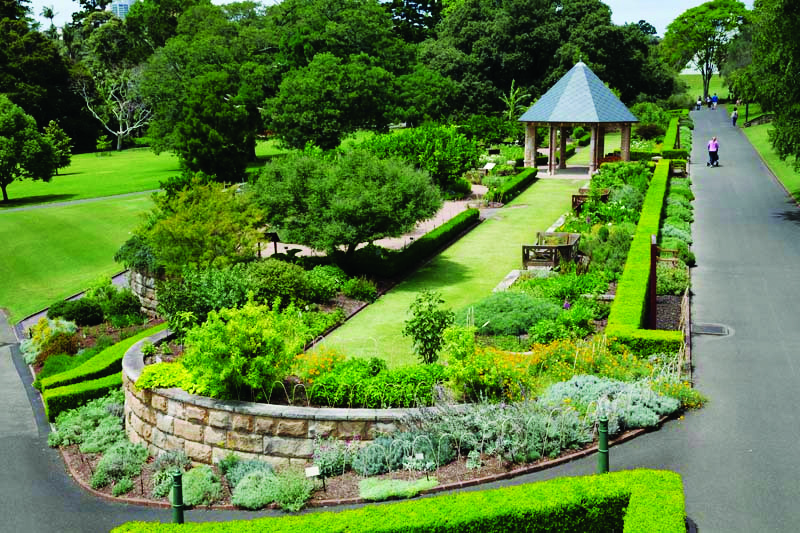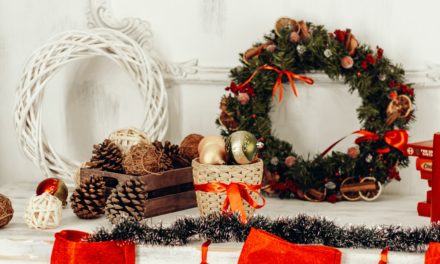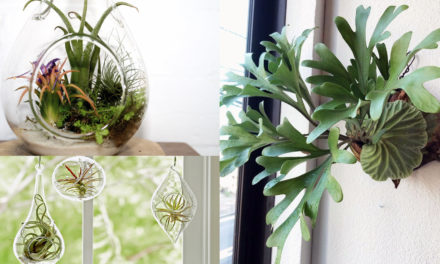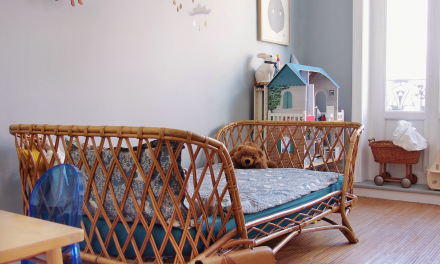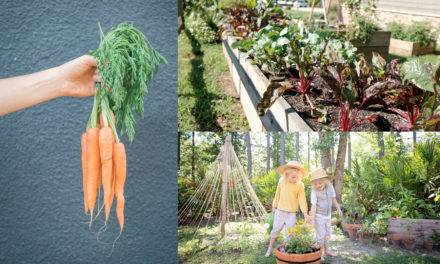Growing your own herbs can benefit the rest of your garden if you sow what is called a ‘good bug mix’ – an assortment of flowering herbs and wildflowers which encourages beneficial insects such as bees, ladybirds and predatory wasps.
Karla Davies
Herbs are exceptionally easy to grow and very economical. If you choose the right ones, your garden will not only be attractive to you but also to beneficial bugs which can help control aphids and other pests.
Horticulturist Angela Mateo who tends to the Herb Garden at the Royal Botanic Garden, Sydney recommends some of her favourites.
“Some of my favourites which attract good bugs and make your garden look stunning are dill, lavender, parsley, Queen Anne’s lace, sunflowers, thyme, alyssum, marigolds, borage, phacelia and coriander,” Mateo said.
Ms Mateo stressed the importance of growing your own herbs organically, without using chemicals or other nasties.
“Definitely don’t use herbicides on any plants that you grow yourself for food. If you keep your herbs healthy, follow the minimum requirements of water and fertilising and have companion plantings, you should not need to use chemicals on them.”
Sydney’s North Shore is ideal for cultivating your own herbs
Sydney’s North Shore offers ideal growing conditions for most herbs because they relish warm weather and loads of sunshine. Do be vigilant though during periods of humidity, which encourages fungal diseases.
Well drained soil and good air movement is essential for most herbs, especially during times of high humidity and heavy rainfall. The Mediterranean herbs such as rosemary, thyme, oregano, sage, lavender, hyssop and chamomile especially loathe wet soggy soils and overwatering.
In frost free areas, you can plant herbs in autumn while the soil is still warm from the summer season. In cooler areas the general rule is to plant herbs in spring after the last frost.
There are many commonly used herbs which are simple to grow in your own backyard – especially if you live on Sydney’s North Shore. These are: thyme, rosemary, oregano, sage, mint (best kept in pots as this one can become very weedy), chives, garlic chives, spring onions, basil (there are many different types), rocket, parsley, coriander, lemon verbena and stevia – just to mention a few.
In contrast to the Mediterranean herbs there are some types that require ample moisture, especially in summer such as Vietnamese mint, ginger, cardamom, galangal, lemon grass and turmeric. These herbs will take some shade too and they give the garden a tropical feel. Parsley, coriander, basil (many types), chillies, dill and rocket do well in similar conditions, as they all prefer rich soils and good moisture in summer.
Ms Mateo said it is useful to understand the pros and cons about whether to grow herbs from seed or seedlings (small established plants).
“Herbs that belong to the Apiacea family, for example, coriander, parsley, dill and chervil, resent being transplanted, so it is best to sow seed in situ – that is – where they will be growing. If you buy seedlings from your local nursery and plant them straight away, they should be fine,” Mateo said.
Top tips for keeping your herbs healthy
Make sure that straight after planting you water your herbs and apply a liquid fertiliser (such as seaweed solution) to help with transplant shock.
The Herb Garden at the Royal Botanic Garden, Sydney is a fabulous place to visit for ideas. It features the usual herbs (the ones you find in most nurseries and on the shelves of your grocery store) but also rarer and more challenging ones (from specialised nurseries).
The Herb Garden hosts about 200-plus herbs and other useful plants, classified geographically (per continent). They are also grouped into:
– Culinary herbs, lots of herbs from around the world are temporarily or permanently displayed with a label explaining where they come from, what part of it is used, how it is used and so on.
– Medicinal herbs.
– Various other herbs that are used as dyes, insecticides, essential oils and perfumery amongst other.
What to be aware of
– Space: how big is your garden, what is the ultimate size of the plants. Many herbs can grow quite large.
– Requirements: For the best success make sure to match the water, sunshine and temperature requirements of your herbs to what your garden can provide. Do a bit of research; it is an excellent and easy way to learn too!
– Some herbs are a bit too successful at growing and might spread or self-seed readily. If you live close to a reserve or national park, please check with your council as some might be classified as weeds.

